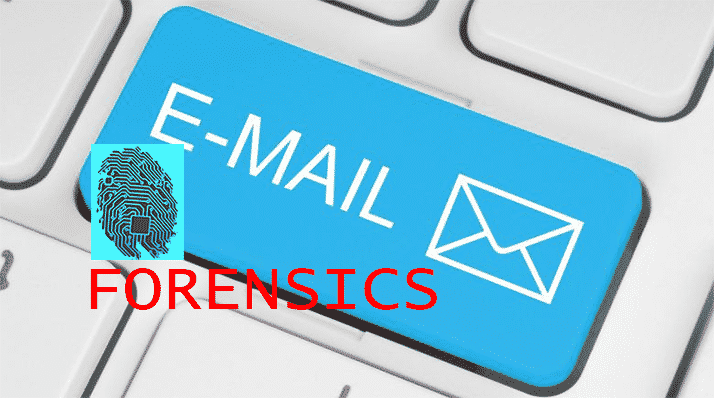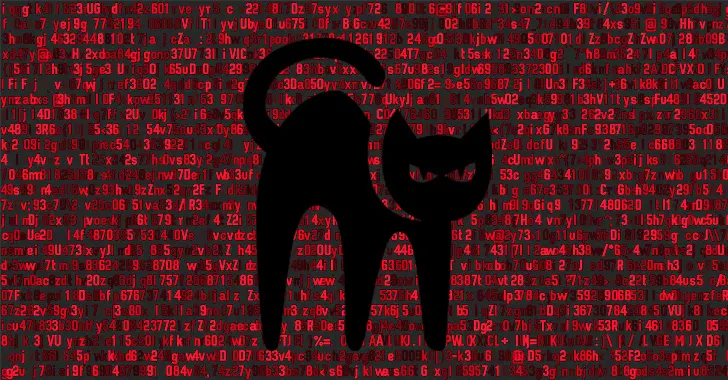Email Forensics — Tracing a Phish End-to-End
Phishing is the initial access vector in most intrusions. This deep guide walks through header analysis, payload extraction, and chain reconstruction so you can follow a phish from delivery to C2.

Email remains the dominant initial access vector. Forensics must reconstruct the delivery chain (sender → MTA → client), analyze headers for spoofing indicators (SPF/DKIM/DMARC), extract payloads and follow redirect/tracking chains, and tie the resulting indicators back to endpoint and network artefacts.
1. Evidence Sources & Preservation
- Raw RFC‑822 message (
.eml): includes headers, body, and attachments. - Gateway logs: connection IPs, HELO/EHLO, auth results, filtering decisions.
- Client artefacts: downloads folder, Outlook OST/PST, webmail browser history.
- Endpoint telemetry: process creation after open/click, registry changes.
- Network data: DNS queries, proxy logs, PCAP if available.
Always preserve originals read‑only; compute SHA‑256 and document timestamps in UTC.
2. Header Analysis — The Fast Path
Key fields to validate:
Return-PathvsFrom(bounce address often reveals sending service).Receivedchain (read bottom‑up; earliest hop exposes origination path).Message-ID(domain, timestamp anomalies).Authentication-Results(SPF/DKIM/DMARC).ARC-Seal(forwarding context).
Triage cues: SPF=fail + DKIM=fail on a brand domain; mismatched HELO vs connecting IP; impossibly fresh domain for a “vendor” sender.
3. SPF / DKIM / DMARC — How To Read Them
- SPF: does the sender IP appear in the domain’s
v=spf1TXT? Forwarding can break SPF; correlate with DKIM. - DKIM: cryptographic signature of headers/body; if pass → the signed domain actually sent/authorized it.
- DMARC: domain’s alignment policy. If fail + policy=reject, why did your gateway allow it? Check exceptions and mail flow.
4. Attachments & Links — Safe Extraction
4.1 Extract Attachments
- Decode from base64 directly from the raw
.eml(do not rely on the mail client). - Hash (
sha256) and store separately. - For Office docs:
oledump.py,olevba, and macro stream review. - For PDFs:
pdfid.py,peepdf, embedded JS/launch actions.
4.2 Enumerate Links
- Extract URLs from HTML and plain‑text parts.
- Expand shorteners in a sandbox (
curl -I -L --max-redirs 5). - Record each hop (time, status code, domain age) to build the redirect chain.
5. Reconstruction — From Inbox to C2
- Delivery —
Receivedshows origination; note geolocation and ASN. - Render — body/HTML show visual lure and hidden links.
- User Action — click or open; correlate with browser history and OS
RecentDocs. - Payload — attachment detonation or landing page JS triggers download.
- Execution — child process chain (
winword.exe→wscript.exe→powershell.exe/mshta.exe). - C2 — outbound TLS POST with small responses and regular timing.
Build a timeline with absolute times (UTC) mapping each step.
6. Case Study (Simulated, Realistic)
- 09:12:00Z — Mail accepted from
203.0.113.55; SPF=fail, DKIM=none. - 09:12:35Z — User opens; clicks
hxxps://short[.]ly/a1b2. - 09:12:36Z — Redirect →
hxxps://track[.]redir‑svc[.]com/?t=...→hxxps://cdn‑docs[.]site/invoice_update.exe. - 09:12:44Z — Download saved to
%UserProfile%\Downloads\invoice_update.exe. - 09:12:50Z —
invoice_update.exespawnspowershell.exewith base64; registry Run key added. - 09:12:55Z — TLS POST 620 KB to
hxxps://cdn‑docs[.]site/api/submitevery 600 s.
From headers, body, client, and PCAP we now have a complete chain linking delivery to C2.
7. Tooling Quick Recipes
Parse headers (Python):
import email
m = email.message_from_file(open('raw.eml','r',encoding='utf-8',errors='ignore'))
print(m['From'], m['Return-Path'])
for r in m.get_all('Received', []): print('Received:', r)
Extract URLs (shell):
grep -Eo '(https?://[^")\s]+)' raw.eml | sort -u > urls.txt
Expand redirects (safe env):
while read u; do curl -s -I -L --max-redirs 5 "$u" | awk 'BEGIN{ORS=" "} /^HTTP|^Location:/'; echo; done < urls.txt
8. Correlation With Endpoint & Network
- Match process start times (EDR logs) to email open/click times.
- Match DNS queries and proxy SNI with redirect hops.
- If memory dump exists, search for URL fragments and UA strings present in the email’s landing page scripts.
- Pivot from hashes and URLs into TI platforms to see wider campaign context.
9. Detection & Hunting
Mail Gateway
- Rule: flag
spf=fail AND dkim=failfor domains in your address book. - Rule: quarantine messages with first‑seen sender domain age < 30 days +
Brand-Keywordsin subject.
Endpoint
- Alert on
winword.exespawningwscript/mshta/powershell. - Watch for Run/RunOnce keys created within 2 minutes of a new download in
Downloads/.
Network
- Detect periodic HTTPS POSTs with high upload/low download.
- Track JA3/JA4 fingerprints known for malware loaders.
10. Reporting & Chain of Custody
- Save
.eml, attachment, hashes, and every hop in the redirect chain. - Keep time‑normalized (UTC) evidence tables.
- Redact personal data when sharing externally.
- Write a short executive summary explaining business impact and required user actions.
11. User Guidance Snippets (Drop‑in)
- “If you clicked a link, change passwords from a separate trusted device; enable MFA.”
- “If you opened an attachment, do not reboot unless IR instructs — we may need a memory capture.”
- “Verify invoices or urgent requests via a second channel before acting.”
12. Final Thoughts
Email forensics is about stitching evidence: headers show the road in, body shows the lure, attachments/links show the payload, endpoint shows execution, and the network reveals the C2. When you can narrate each hop with timestamps and artefacts, containment is faster and defensible.


